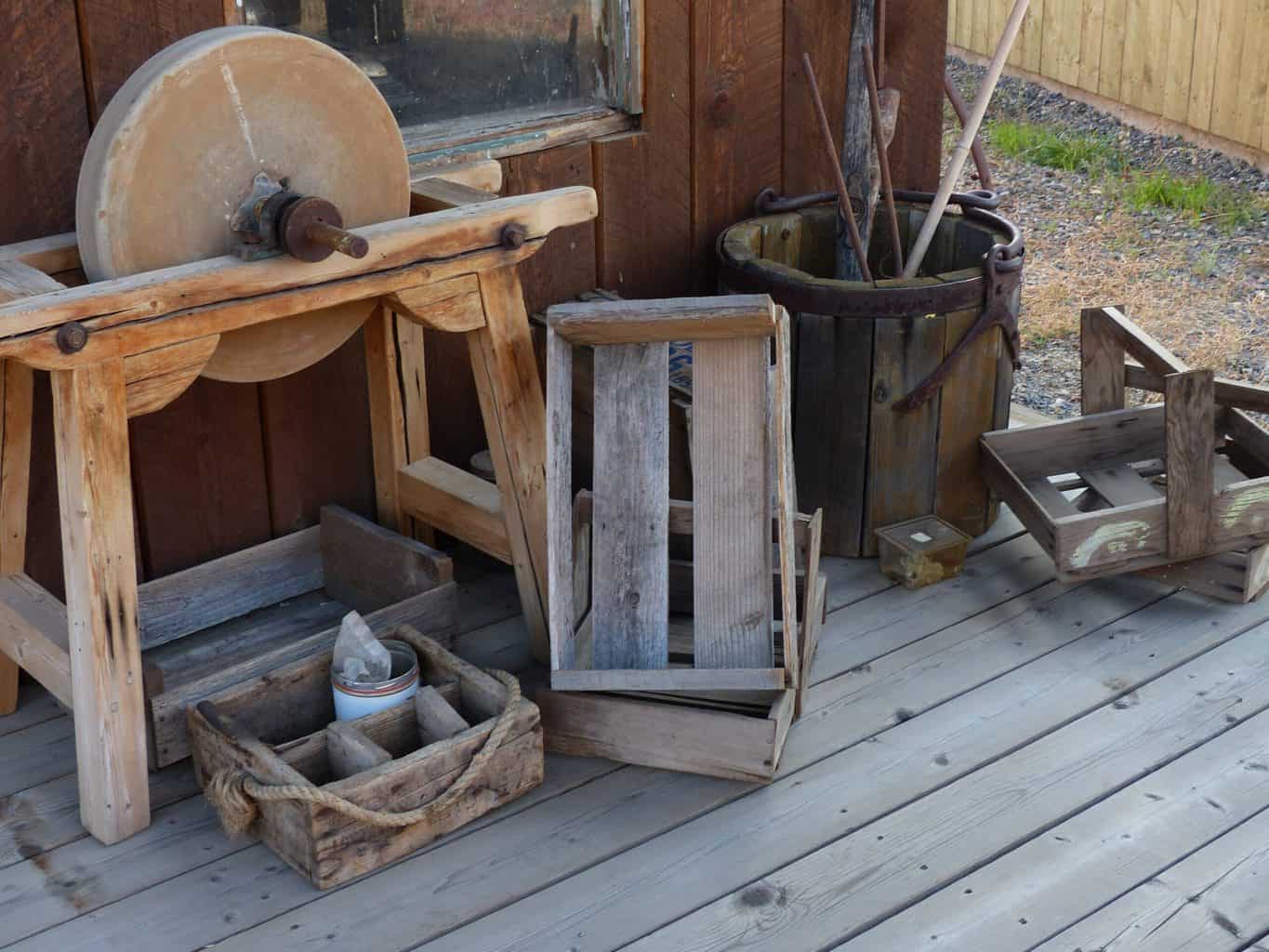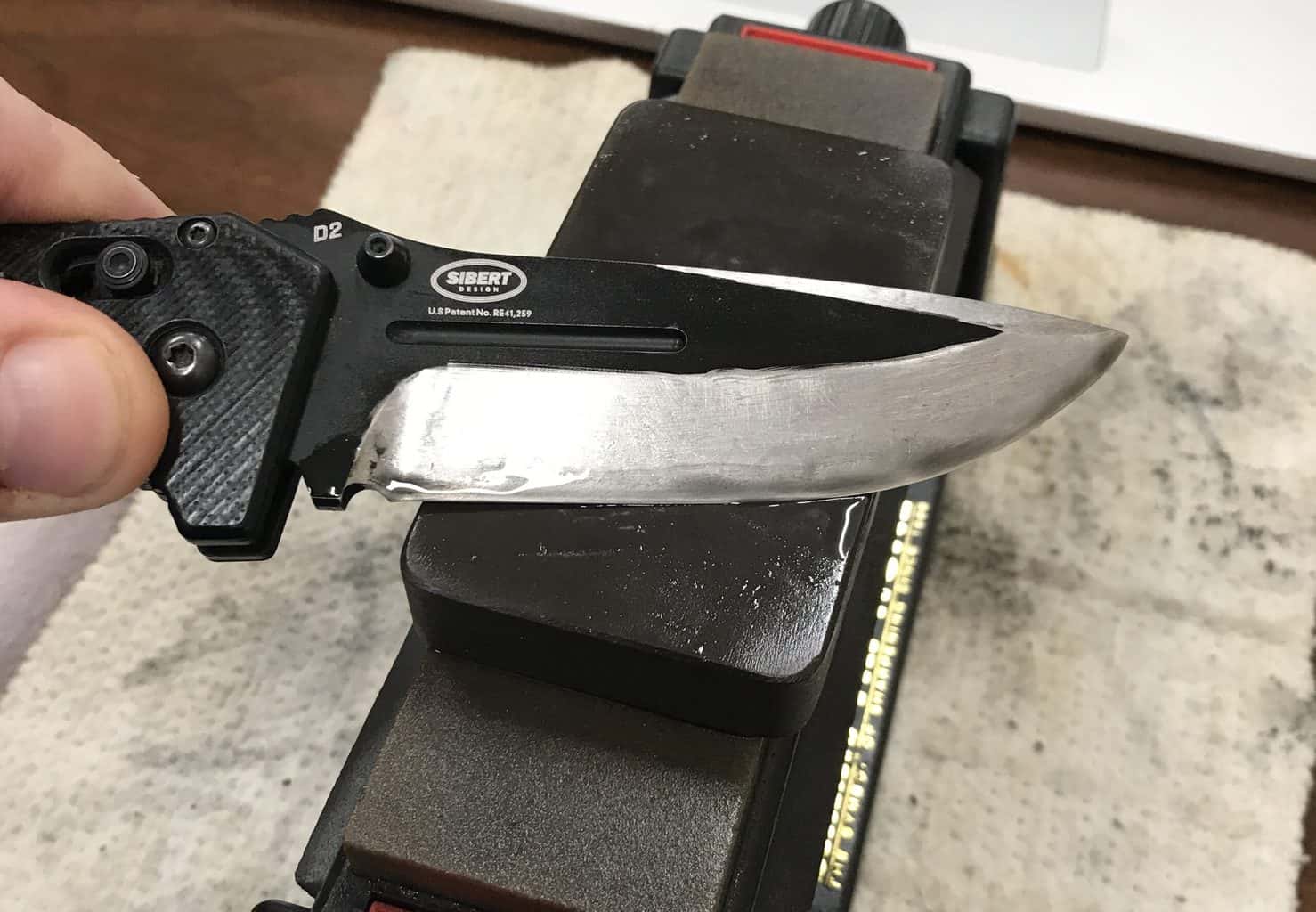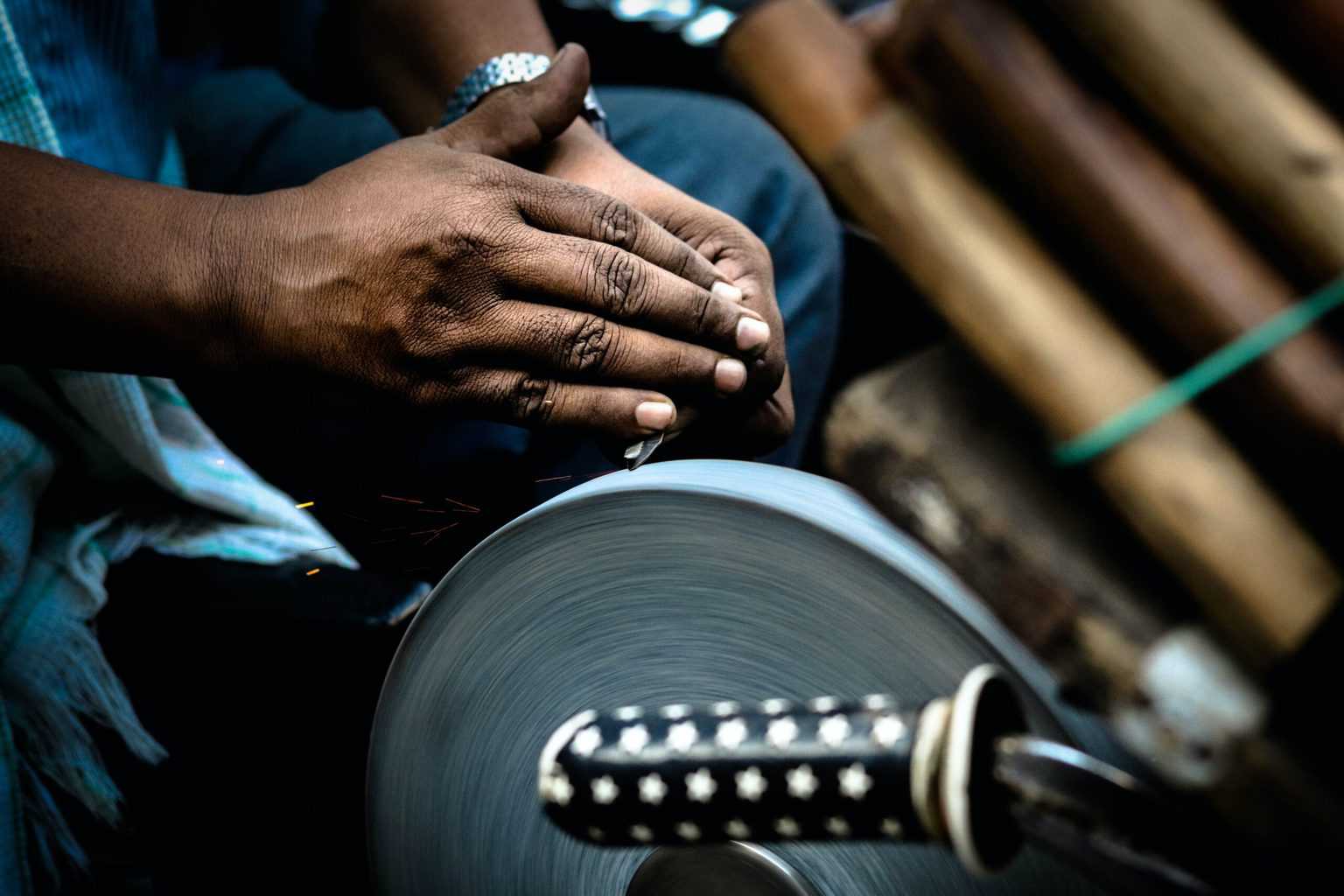As an Amazon Associate we earn from qualifying purchases.
Sharpening stones are the perfect tool to get some edge to your knives. Without them, you may never be able to re-sharpen your kitchen blades. These are the different types of sharpening stones so you know which one is best for you.
Different Types of Sharpening Stones
But you won’t have to do that. Instead, you can learn about the different types of sharpening stones and find the ideal one for your needs. Then, you can start sharpening your knives at home with little to no effort.
We’re going to explain all the different types available out there, classified by usage, by source, and by material. If you want to know which one is better for you – then head-first and learn!

When we say sharpening stones by usage, we refer to how they’re used. And here you will find oil stones because you need to oil them up before using, water stones because you need to soak them in water beforehand, and diamond stones, which you can use dry or wet as required.
1. Oil Stones
The first type would be the oil stone. You can find them made with different materials, going from Aluminum Oxide to Silicone Carbide and the most popular one Novaculite or Arkansas Stones.
Oil stones are called this way because you need to lubricate them before using them with mineral oil. You can use standard mineral oil on them. Or instead, use sharpening stone oil – which is perfect for the job.
This happens because oil stones have coarse surfaces, so oil prevents the dust from getting stuck too much when you’re sharpening. And sure enough, it also reduces overall friction, so they last a long time.
But oil stones have a disadvantage: they’re super slow. When compared to other types, they stay behind in speed – mainly because you need to oil them up before and after usage.
Apart from that, the oil tends to be annoying to clean. So if you hate having to clean up a mess, then you will probably don’t like oil stones in the first place.
Luckily, oil stones are usually affordable. Even the most expensive oil stone is totally within most people’s wallet purchasing power.
2. Water Stones
Then you will find water stones. These stones usually come from Japan and refer to a type of stone that needs to get wet before it can be used for sharpening.
To use one of these the right way, it is necessary to soak them up about 40 minutes in water. This will get rid of air and any dust and/or debris. Then, they need some cleaning with water after being used.

Most water stones, however, are made of aluminum oxide. But this oxide is way softer than the standard, so the stones are usually easy to use and provide fast sharpening. And because they use water for the cleaning and preparation, they’re typically convenient
The drawback is that being so soft makes them more fragile. So they wear off faster than other types of stones. If you’re expecting a long-lasting sharpening stone – then this may not be your best choice.
You will find water stones to be set at a good rate. They are not the most affordable, but they aren’t too expensive, either.
Some high-end versions can be expensive, though. So, not all water stones are easy on the pocket.
3. Diamond Stones
The last type by use comes with encrusted diamonds. Yes, you read it correctly – these stones come with diamonds within the surface that help sharpen the knife fast and effectively.
Diamond stones are used either dry or wet. The dry method is perfect for fast sharpening when it is not necessary to get much from the knife.
But when you want to get the best edge out of the blade, then wet is the ideal choice. The dry process gets dirty faster, so it’s better for quick jobs. Wet is a cleaner method.

You can find diamond stones with monocrystalline and polycrystalline diamonds. Yet, these diamonds are almost always from natural sources.
The advantage of using a diamond stone is the speed. It is not necessary to make too much effort when placing the blade over the stone to sharpen it up. And only a few sweeps over the stone are required to get enough sharpening.
Apart from that, diamond stones are long-lasting. Even an affordable diamond stone can last twice as much as a high-end water stone. And that’s totally worth it – as long as you can afford it.
Picking the Ideal Type of Sharpening Stone
You don’t have an excuse not to pick a sharpening stone anymore. Unless, you’re still trying to make your own knife.
If you’re looking to give some sharpness to your knives at home – then you’ll probably find the ideal choice in this article.
Make sure to follow the different types by usage, source, and material. Then you’ll have the perfect chance to get your knives sharpened at home with the help of your tools. Don’t waste this chance!
